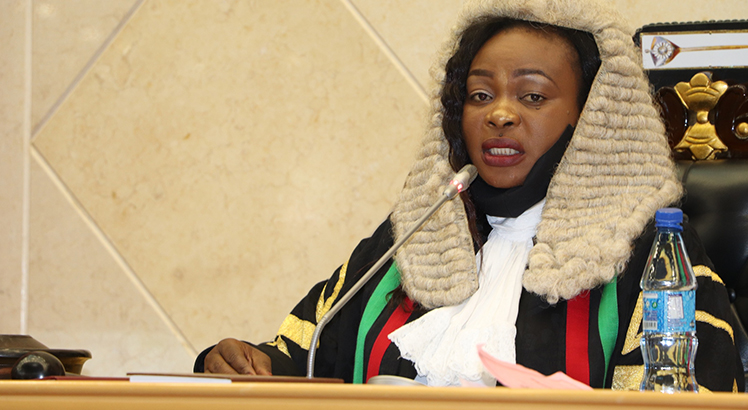Malawi food, fertiliser prices highest—report
Fertiliser prices in Malawi are the highest in the region while maize prices are second most expensive after Kenya, the food price tracker for February survey by Africa Market Observatory (AMO) has shown.
The AMO summarises key trends in prices in East and Southern Africa (ESA) for selected staple food products and is supported by the Common Market for Eastern and Southern Africa (Comesa) Competition Commision, International Trade Centre, the Africa Climate Foundation and Shamba Centre for Food and Climate.

The price tracker’s graph on maize prices shows Malawi’s prices dropping from the highest in the region in December, about $660 per metric tonne (MT), to around $450 per MT between January and February.
This comes after after Kenya’s price of $580 as neighbouring Zambia has an average price of $380 per MT.
But Malawi still has the highest fertiliser price in the region at $978 per MT followed by Rwanda at $750 per MT.
The beans category also sees Malawi’s average price top in the region at $1 304 per MT, which is thrice the lowest price in Rwanda at $412. Tanzania is second highest at $932 per MT.
The AMO sampled maize, beans and soya beans prices alongside Urea fertiliser, showing Malawi’s soya bean price at around $480 per MT while Kenya has the highest in the region at over $700 per MT.
On weather developments, the AMO says the Southern Africa is experiencing volatile conditions.
Mwapata Institute executive director William Chadza said the findings pose a challenge in making the country competitive on the regional food market as there is need to increase productivity and production efficiency to attain higher yield rate per land holding.
“We need to increase productivity of farmers so that production increases per unit area. We also need to explore ways of reducing production cost by integrating organic and inorganic fertilizers and aim to increase soil fertility at a lower cost,” he said.
But Chadza said there was little the country can do on fertiliser because of its imported inflation.
However, he proposed giving incentives to local fertiliser blenders to attract more players and reduce operational costs.
Meanwhile, government estimates that 4.4 million people, representing 22 percent of the population, face food insecurity following inflationary pressure and the 6 percent production decline last season that saw the country yielding 3.5 million tons of maize.





